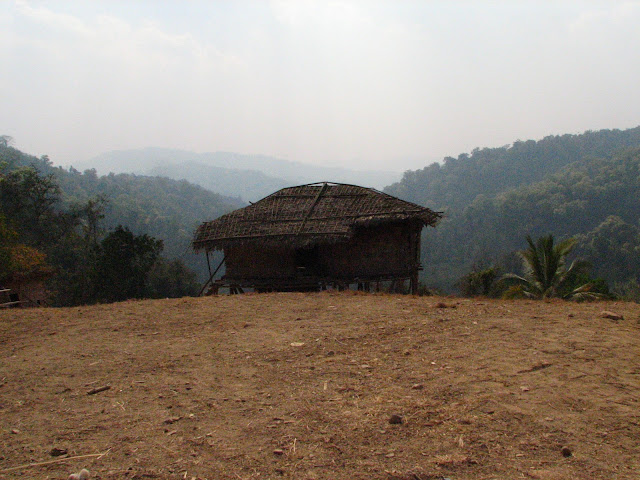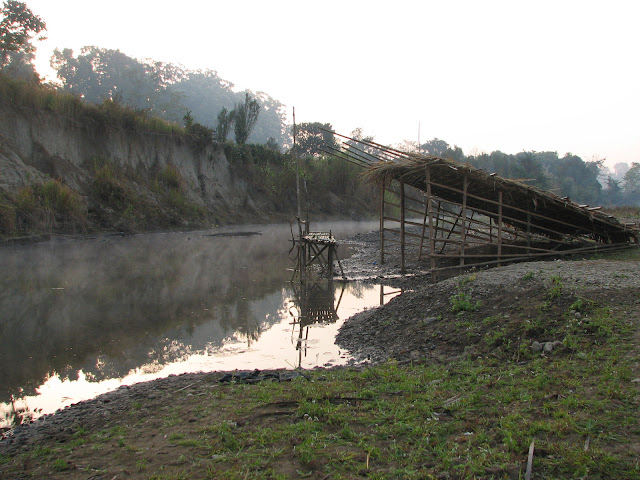Tokalo: Day Sixteen

Day sixteen is about interactions with people. Our leaving early has been cancelled. We will leave after food. The Village Council is offering the meal; in other words my colleagues are about to roast – clean – cut the pig. All of them are enthused about this while I feel – not again! Socio-cultural differences or my being judgemental I wonder. The 2 nd cup of tea arrives and I get on to more important tasks. I also successfully persuade the hosts not to cut chicken for me; I would love to have just dal with rice. Some houses I will remember for long, this is one such house The people have been very nice during the adventure. From the young girl on Kaladan banks who offered soap to wash hands to the Village Council President who today asked if I needed warm water for bath. From the Forest Department person thinking I had erroneously forgotten my razor and offering his to the lady yesterday who on coming across my tired face offered an egg saying it would help. This is ...





